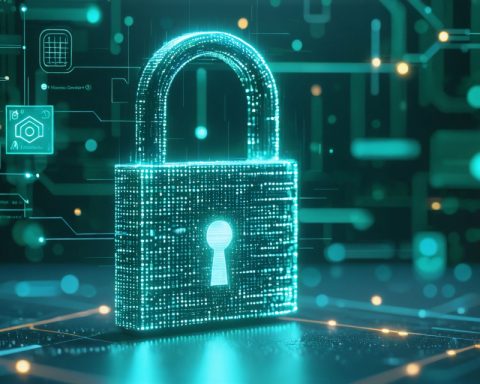As the U.S. presidential elections approach on November 5th, concerns are mounting about the potential for foreign interference in the electoral process, particularly through the use of artificial intelligence. Recent threat assessments highlight the possibility of adversarial nations like Russia, Iran, and China employing AI to disseminate false information, thereby eroding public trust in democratic institutions.
The U.S. Department of Homeland Security has raised alarms regarding Russian influence agents who have previously spread disinformation narratives, particularly related to immigration. These efforts have included the deployment of generative AI to fabricate misleading news platforms. In addition to Russia’s tactics, Iran’s approach has escalated, with its operatives masquerading as activists to provoke social unrest and incite protests.
The report also underscores the threat posed by domestic extremism, which may manifest in violent actions from isolated individuals or small organized groups. Such aggression is aimed at intimidating voters and disrupting the electoral process. As we draw closer to the election, it becomes increasingly vital to recognize and counteract these emerging threats to ensure free and fair democratic practices.
In a related context, recent polling indicates that Donald Trump maintains a lead over Kamala Harris in key battleground states, according to findings from the New York Post. This dynamic highlights the intense political climate leading up to Election Day.
Election Insights: Tips to Stay Informed and Secure
As the U.S. presidential elections near, it is essential for voters to navigate through potential misinformation and engage meaningfully in the democratic process. Here are some useful tips, life hacks, and interesting facts to enhance your electoral experience.
1. Verify Information Sources
In today’s digital age, misinformation can spread rapidly, especially through social media. Always verify the credibility of the news source before sharing. Reliable sources often have a history of accuracy, proper citations, and are transparent about their editorial processes.
2. Use Fact-Checking Websites
Make use of fact-checking websites like Snopes, FactCheck.org, and PolitiFact. These platforms scrutinize claims and rumors, helping you to distinguish between fact and fiction. Regular visits to these sites can empower you with accurate information.
3. Understand the Technologies Behind Misinformation
Artificial intelligence is increasingly used to create convincing but false content. Familiarize yourself with how AI-generated images and news stories could distort reality, and learn to identify red flags, such as uncanny details in imagery or unusual URL structures.
4. Engage in Local Discussions
Participating in community discussions can provide context about local issues that may not be covered in national news. Attend town hall meetings, engage with local representatives, and talk to your neighbors to gain a more comprehensive understanding of the election landscape.
5. Secure Your Digital Presence
As discussions around election security evolve, ensure your online activities are secure. Use strong, unique passwords and consider employing two-factor authentication for your social media accounts to prevent tampering or unauthorized access.
6. Recognize Emotional Manipulation
Many entities utilize emotional appeals to sway public opinion. Be aware of how certain narratives are framed to provoke strong feelings. Recognizing emotional manipulation can help you maintain a rational perspective when evaluating political messaging.
Interesting Fact:
Did you know that the voter turnout in the U.S. presidential elections often varies significantly from state to state? Certain states, particularly those considered battlegrounds, experience higher engagement due to the competitive nature of the races. This variance impacts how candidates allocate resources for campaigning.
Connecting with the Community
Connecting with neighbors and local organizations is an excellent way to foster community involvement and ensure that everyone’s voice is heard. Websites like nass.org provide resources for finding local events and engaging with the electoral process.
By empowering yourself with accurate information, securing your digital footprint, and connecting with your community, you can participate confidently in the electoral process. Together, these practices can help mitigate the potential threats posed by misinformation and external influences on democracy.








